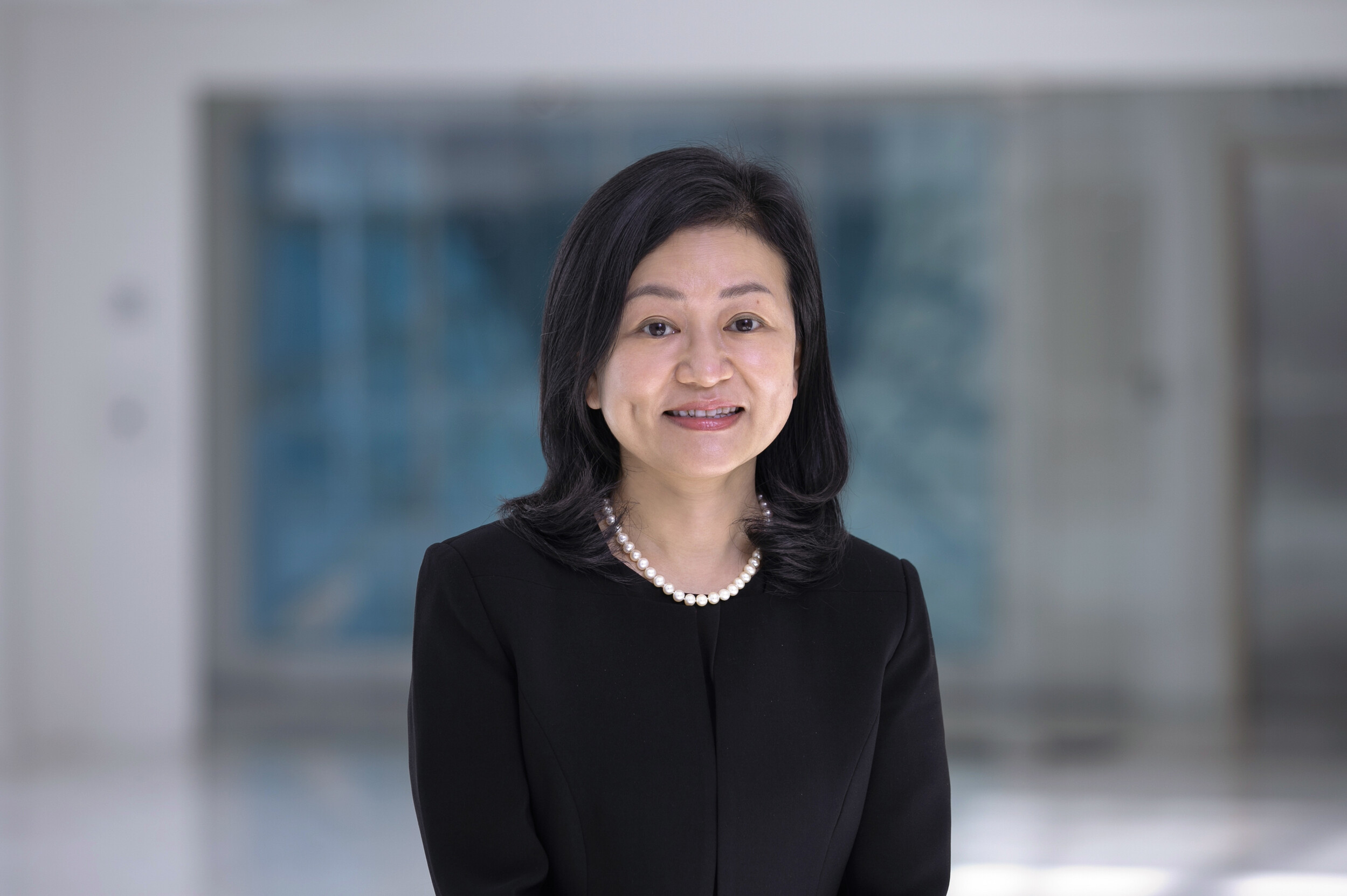AI in HR – Cauliflower or berries? Questions about AI at DHL Group
- HRM Asia Newsroom

Introducing AI into HR landscape starts with two important questions: What specific areas do we want to focus on? And how will we bring AI to life – with cauliflower systems or berries? At DHL Group, we address the vast possibilities of AI in HR through solutions that consistently enhance people’s experience for approximately 594,000 employees.
AI has grown at a speed like never before. We went from selective AI-backed functionalities in various domains, to the launch of GPT-4 with improved large language model (LLM) capabilities, to multi-modal models that interact seamlessly between images, text, and audio – in a matter of few years. It is hard to comprehend where we will be in 12 months. Staying ahead of the curve means AI is no longer optional, it is a necessity.
Over the years, HR has been transforming from back-office to a strategic partner enabling business goals. AI will accelerate this transformation by automating mundane tasks and enhancing complex processes like curating learning. This transformation frees HR to focus on truly meaningful work, strategic planning and fostering employee engagement.
So, how can we tackle the vast expanse of HR functions and enhance them with AI?
At DHL Group, we enhance our function along three pillars:
- Enhancing employee and candidate experience, improving engagement by leveraging various AI solutions
- Augmenting HR-owned tasks, assisting HR professionals
- Enable personal growth for all through AI enablement and upskilling
Enhancing employee and candidate experience, improving engagement:
With the conversational capabilities of LLMs, we can help employees in getting answers to HR questions such as pay slip clarifications. This improves the experience and enables employees and managers to spend much less time looking for the right information, critical for an organisation across more than 220 countries in multiple languages.
“AI will be the missing key to bring true personalisation and tailored experience to the next level: this will leap a workforce towards higher engagement, and an organisation towards increased quality, productivity and success,” says our colleague, Ralph Wiechers, EVP People Experience, Technology and Data at DHL Group.
Consider the example of Rebecca, a data analyst who wants to move into project management. AI can curate a customised learning path to dive into project management skills like stakeholder management, risk, and budget management. It can also develop custom-designed course content for Rebecca’s skills and career aspirations, which means less waste on irrelevant content and time spent searching for the right learning. This concept can now be expanded to include the many moments across an employee lifecycle.
Augmenting HR-owned tasks, assisting HR professionals
Many DHL leaders now acknowledge that AI is not a mere checkbox but requires a deliberate and strategic implementation. The key is to integrate AI into existing HR processes and iterate. We start with either time-consuming areas or where quality has been a challenge, like moments that matter. This helps boost engagement, or efficiency, or ideally both. For instance, recruiting teams create a lot of content such as job description, team information, social media posts, etc. AI tools can be used to develop text, tailored images, videos and reels for such content “on the fly”.
We believe that recruiting is a highly competitive activity targeted to dynamic markets. The faster we can bring candidates through our pipeline and the better experience we can give them, the more likely we are to hire and keep them. This means recruiters should be doing less manual admin and more high value engagement with candidates. From our point of view, AI not only supports the scheduling, content writing, etc. but also automation of communication and engagement.
AI solutions must reside in tools where HR professionals “live” during work.
As these systems mature, they transition to an increased level of automation. Roles with repetitive tasks are challenging to hire and so essential to retain employees. It is a win-win with AI, as our people can focus on creative and cognitive tasks.
Enable personal growth for all through AI enablement and upskilling
Upskilling DHL Group’s vast network has been challenging due to the need to identify job-required skills and employees’ abilities. Previously, developing and maintaining skills matrixes took months.
Today, we have introduced a dynamic skills marketplace powered by AI that ensures skills are visible, up-to-date and linked to learning suggestions, career paths and internal job recommendations. The reduction in administration and the increased relevance to the employees has been huge. Shortly, we will introduce mentor and coach opportunity matching, network matching and more – a gamechanger for people development. In the past, the sheer administrative effort was just too cumbersome and expensive to manage whereas today, we can delight the employee with a simple click.
Creating AI solutions is just the start. The real magic happens when the employees learn and apply these solutions to create real-world results. This can be through upskilling and reskilling programmes, leadership endorsement and adoption of these tools, and spreading the word via advocates.
Pinpointing where to deploy AI is only half the battle. The real test lies in how we implement them. Our global presence leads to a wide variety of HR systems. This brings us to the million-dollar question – once we spot our opportunity zones, what do we choose: cauliflower or berries? In other words: Should we have a central infrastructure for a consistent user experience (cauliflower) or implement independent systems (berries).
READ MORE: Is AI the new gatekeeper? Bias concerns rise
One emerging option in the tech HR landscape is to go the cauliflower route. Cauliflowers have a central stalk and individual florets. The stronger the stalk, the more the florets thrive. A common infrastructure can enable various solutions to strengthen the ecosystem and provide seamless employee experience, where possible. We need robust systems, like single sign-on, high availability, and clear data and user rights practices for this.
On the other hand, berries grow as individual plants and are not dependent on a central system. With this route, we do not build a central infrastructure to support the AI solutions. Each solution makes their own architecture decisions, possibly accelerating innovation. However, just as berries can grow wild, multiple different systems can bring long-term complexity and increased management overhead without streamlined solutions. Choosing this route would only incorporate systems that enhance user experience, clear architecture guidelines, and regular system reviews.
Likely, we will land at a place where both – cauliflower and berries – coexist. Cauliflowers will bring reliability and consistency such as reducing bias and aligning with company values. At the same time, our tech partners will bring their solutions (berries). The capability we must strengthen as HR, is to consciously manage this development and tie it into the broader user experience, while managing complexity in the long term.
About the Author: Shreya Ruikar is Head of AI Strategy, HR, DHL Group; and Meredith Wellard is Vice-President, Group Talent Acquisition, Learning and Growth, DHL Group.
For more news and analysis on the latest HR and workforce trends in Asia, subscribe to HRM Asia and be part of the region’s largest HR community!






